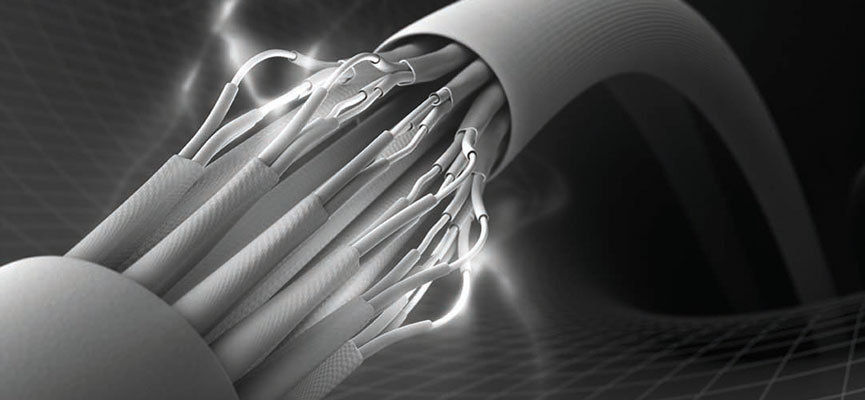Electro-Conductive Fabrics


Background
Arville have a long history in manufacturing bespoke filtration media fabrics which are used across a wide range of industries for wet and dry separation and filtration purposes. One of our recent examples is with a large global pharmaceutical organisation who had a specific requirement for a process fabric to be used in the production of a powdered drug
Application
The customers end requirement was for an end-form multi-pocket fabric bag to be used within a fluidised bed dryer unit (commonly used in the manufacture of pharmaceutical powders). As the process was intensive and involved the use of solvent evaporation there were concerns from a safety perspective that standard filtration fabrics would not be suitable for the application, instead requiring conductive fabric and anti-static agents.
Problem
Textile materials, natural or man-made, are predominantly insulators and as such do not promote the flow of electricity through their structure. This inability to move electrical current causes it to remain static on the surface of the materials – sufficient build-up of this can make electro-static discharge more likely. For industrial processes such as the filtration and separation of liquids, gasses, powders and suspensions – especially those that involve highly flammable fossil fuels and solvents – electro-static discharge can present a high risk of ignition. This is where the need for anti-static cloth arises.

Project Brief
- To produce a high specification conductive fabric to be employed where filtration and separation forms a critical part of the manufacturing process
- The fabric must act to dissipate static charge build-up and therefore minimise the risk of electro-static discharge
- The fabric and its finishes must be inert to the industrial process, and not react with any of the chemicals involved
- The fabric has to be micron-rated to a specified particle size
- The fabric must give consistency of performance throughout the life cycle of the filtration media

Development
Our in-depth understanding of the principles behind the inherent characteristics of the yarn types used in weaving standard filtration textiles meant that we knew how to integrate additional yarns within the weave construction which would address the problem of static build-up, without compromising the fabric’s ability to perform its primary function as filtration media.
Process
We created a bespoke weave structure that included stainless steel to dissipate static electricity and allow it to discharge through the fabric, creating an effective anti-static textile – subsequent versions have been produced which substitute stainless steel for carbonised filaments.
Outcome
The fabric was woven from a base fibre type which was known to be inert to the chemical process. Using our in-house laboratory, we tested the fabric to ensure that it met the parameters specified by the customer in terms of porosity and flow-rates, indicating that it would give good performance throughout the life-cycle of the bag with good cake release and resistance to blinding.
As the customer required the product as an end-form bag and not as roll form-fabric, our in-house fabrication unit worked to their drawings and crafted the fabric into finished bags which were ready to use within the fluid bed dryer unit. This also meant that they were able to use Arville as a one-stop-shop for their requirements, eliminating the need for any extra contractors to fabricate the bags. The finished fluid bed dryer bags were produced to meet their manufacturing requirements exactly, ensuring high quality and consistency of their processes as well as saving time and reducing overall costs.
Carbonised filaments or stainless steel dissipate static electricity and allow it to discharge through the fabric.
 |
Carbonised filaments or stainless steel dissipate static electricity and allow it to discharge through the fabric |
Problem → Assess → Design → Technical Solution → Trial → Full Scale Production
Previous Article Next Article



